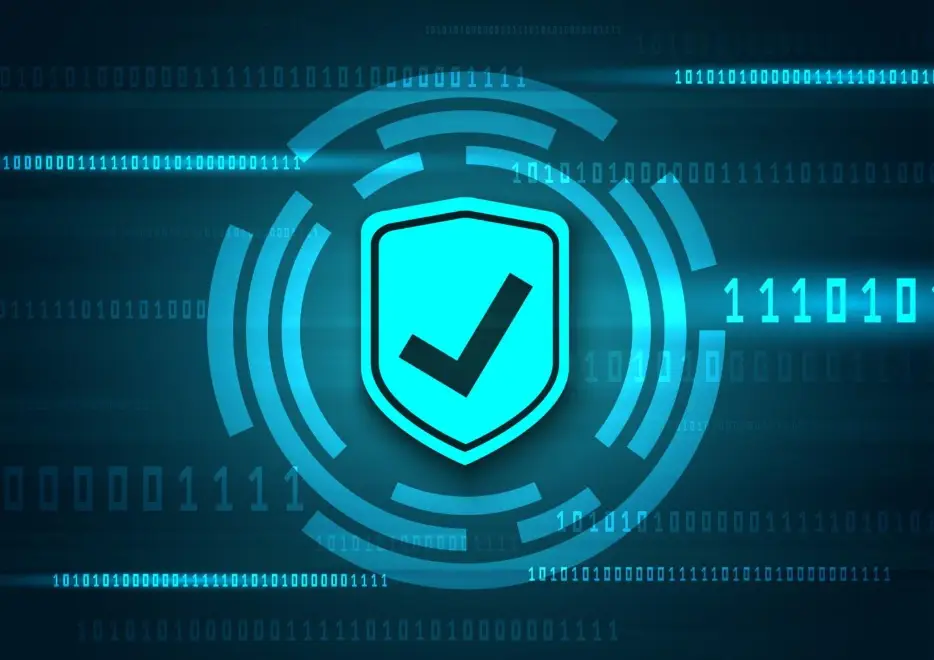
As I head to KubeCon North America 2025, I can’t help but reflect on how much our world of software has changed.
We are building faster, deploying faster, and scaling faster than ever. Yet the question that keeps surfacing isn’t about performance or cost.
It is about trust.
When I look back at the four pieces our team published during Cybersecurity Awareness Month, they were more than stories about vulnerabilities. Together, they represented how technology and risk have evolved in the cloud-native world. Each one revealed a new layer of how we think about security, trust, and resilience.
1. The CTO’s Dilemma: Securing the Software Supply Chain
Our series began with Software Supply Chain Security: A Technical Imperative for Modern CTOs
It set the foundation for the month. The post explored how today’s software is no longer built in isolation but through a web of open-source components, CI/CD pipelines, and automated tooling.
The core message was simple:
“The weakest link is not always your code. It is everything your code depends on.”
At CleanStart, this idea has shaped our technology deeply. CleanStart OS is built through hermetic, compile-from-source pipelines that meet SLSA Level 4 requirements. Each artifact carries verifiable provenance, meaning teams can prove exactly how their software was built, by what system, and with which dependencies.
In today’s world, leadership in technology is not about adding security later. It is about embedding it at the build layer, right where software begins.
2. Typosquatted Alpine: A Community Wake-Up Call
Next came Typosquatted Alpine: A DevOps Cautionary Tale
This story hit home for many developers because it was about something deceptively small: a typo. A single missing letter in a container image name, “alpin” instead of “alpine,” led to a trojanized image that appeared legitimate but carried malicious code.
The takeaway was clear: Even in open-source ecosystems built on collaboration, trust still needs verification. Developers deserve tooling that makes security effortless and transparent.
CleanStart addresses this by providing first-party verified, cryptographically signed container images that are continuously scanned and validated. Developers should be able to move fast without questioning whether the images they pull are safe. In our view, that is what secure-by-default should mean.
3. 20 Million Malicious Pulls: When Automation Went Wrong
Then came the story that unsettled many DevOps teams: 20M Malicious Pulls: When Automation Went Wrong
It described how automated systems, designed to save time, ended up pulling millions of malicious container images from compromised sources. No one was watching because automation was trusted blindly.
This incident showed a harsh reality: Machines do not question intent. If you automate trust, you automate risk.
At CleanStart, we believe that automation should enforce security, not bypass it. Our zero-trust build and release framework ensures that every container image, dependency, and artifact carries a verifiable chain of custody. Automation can be our greatest strength when it operates within the boundaries of cryptographic proof and continuous validation.
4. The Graboid Worm: When Containers Became a Battlefield
The final piece in our series, Graboid Worm: The Docker Container Nightmare That Taught Us Security Lessons, revisited a turning point in container security.
Graboid was the first cryptojacking worm to spread through Docker containers by exploiting open Docker daemons and default configurations. It infected thousands of hosts and turned them into cryptocurrency miners.
The lessons it left behind are still relevant today:
- Default configurations are rarely safe.
- Visibility during runtime is essential.
- Malware spreads faster than policies can respond.
CleanStart’s platform directly addresses those challenges through real-time runtime protection, automated network segmentation, and AI-powered anomaly detection. Our systems learn the normal behavior of containers and flag deviations before they turn into threats. The same automation that once created exposure is now helping stop it.
The Role of AI: From Reaction to Prediction
Artificial Intelligence has quietly become the next major multiplier in cybersecurity. Attackers are using AI to discover weak points and automate exploit chains. Defenders, fortunately, are doing the same but with a sharper focus.
At CleanStart, AI is built into our detection and compliance systems. It helps us:
• Identify abnormal runtime behavior across thousands of containers in real time
• Predict which dependencies are likely to become vulnerable based on code changes and public data
• Generate compliance evidence automatically for standards like FIPS, CIS, and STIG
AI does not replace security teams. It makes them more capable. It allows us to move from reactive defense to predictive assurance, where systems anticipate and contain threats before they escalate.
From Awareness to Assurance
Cybersecurity Awareness Month was a reminder that awareness alone is not enough. The real goal is assurance - knowing that every build, every image, and every container can be trusted by design.
As we step into KubeCon North America 2025, I see an industry that is finally aligning on what matters most. Developers, operations teams, and security professionals are beginning to work as one, united by a single principle: trust through transparency.
At CleanStart, that has been our guiding vision. We want to make security invisible, automatic, and consistent across every layer of the stack.
Because the future of cloud-native technology will not just be faster or more scalable. It will be self-defending.
Join Us at KubeCon North America 2025
CleanStart is proud to be a Silver Partner at KubeCon + CloudNativeCon North America 2025.
Meet me and my team at the CleanStart booth #752 to see how we are redefining secure-by-design for the modern container ecosystem.
We will be showcasing:
• AI-assisted supply chain assurance that predicts and prevents risk before it reaches production
• SLSA Level 4 provenance validation for verifiable, tamper-proof builds
• Zero-CVE container images pre-hardened for compliance and speed
If you are heading to KubeCon, stop by, say hello, and see how CleanStart is helping developers and security teams build trust into every deployment.

.svg)

.png)



.webp)
.webp)
.webp)


.webp)
.webp)
.webp)







%20(1).png)



